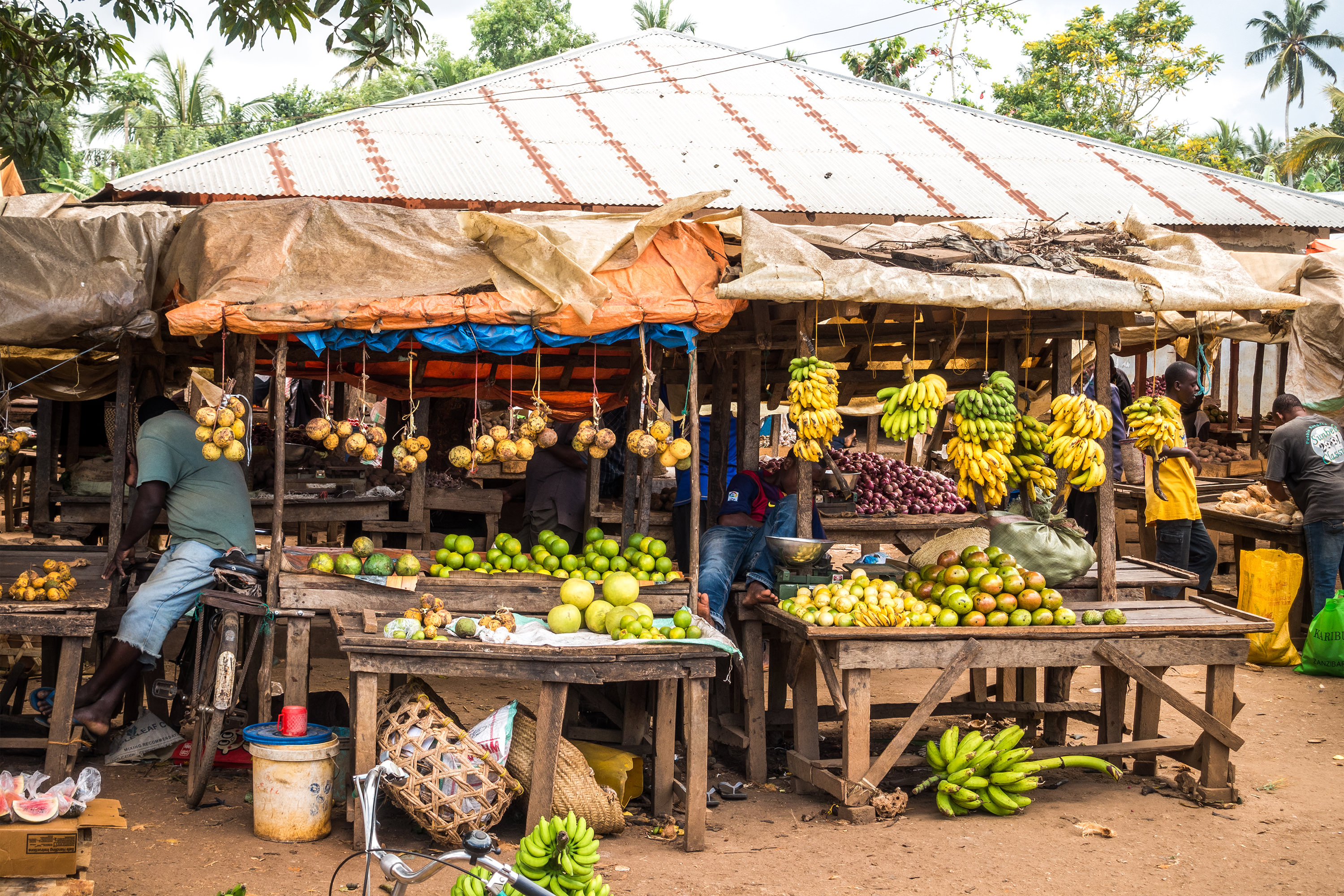It is a general tenet of economic theory that competitive markets, supported by adequate infrastructure and institutions, do a better job of determining prices and allocating resources than do large-scale government planning programmes. In the structural adjustment era of the 1980s-90s, this belief underpinned a historic shift away from central planning and toward market liberalisation in much of the developing world, including most countries in Sub-Saharan Africa (SSA). In the ensuing two decades, as it has become clear that liberalisation per se was not an immediate solution to persistent slow growth and underdevelopment in the region, attention has turned to market failures. It is now presumed by much of the development community that widespread market failures are a general feature of African economies. Substantial resources are committed each year to programmes aimed at remedying these failures.
The project primarily focused on the informal rural labour markets in which agrarian households frequently participate as both buyers and sellers. Rural labour markets remain an understudied but critical component of the economies of Sub-Saharan Africa (SSA) and this project attempts to broaden the variety of studies on the function of rural labour markets. This project studied the policy-relevant knowledge gap, and the functioning of labour markets, particularly informal labour markets in rural areas of Sub-Saharan Africa. The project estimated a series of econometric models that used the labour supply and demand behaviour of household enterprises to test the presence of complete labour markets.
The project worked with data from five low-income countries, Ethiopia, Malawi, Niger, Tanzania, and Uganda, relying on the newly available data from the Living Standard Measurement Study-Integrated Surveys on Agricultural Initiative (LSMS-ISA). The analysis is standardised across study countries but implemented separately in each country. Identification comes from plot-level panel data which largely controls for unobserved plot characteristics that are the most concerning source of possible bias. Results differ between countries. In Ethiopia, findings suggest that poor households face a de facto labour shortage, driven more by financial market failures than a physical shortage of available workers. In Malawi, authors find that Malawian households are allocating their time optimally. If households want to increase their income, they cannot do that by increasing their hours of work. Instead, they would have to increase their incomes by increasing the returns they generate from each activity. Furthermore, authors find farm marginal revenue product of labour (MRPL) to be consistently higher than non-farm MRPL which contradicts the standard economic theory. These results indicate farm production being riskier than non-farm production for most households in Malawi, which suggests that improved access to insurance for farming activities and wage employment opportunities could increase total household income. For Tanzania, the results are less clear, though they suggest a labour surplus. In Uganda, there is no evidence of non-separation in the panel, and therefore no evidence of missing or incomplete markets. There is evidence of partial gender segmentation. In all four countries, women are more difficult to replace than men.
